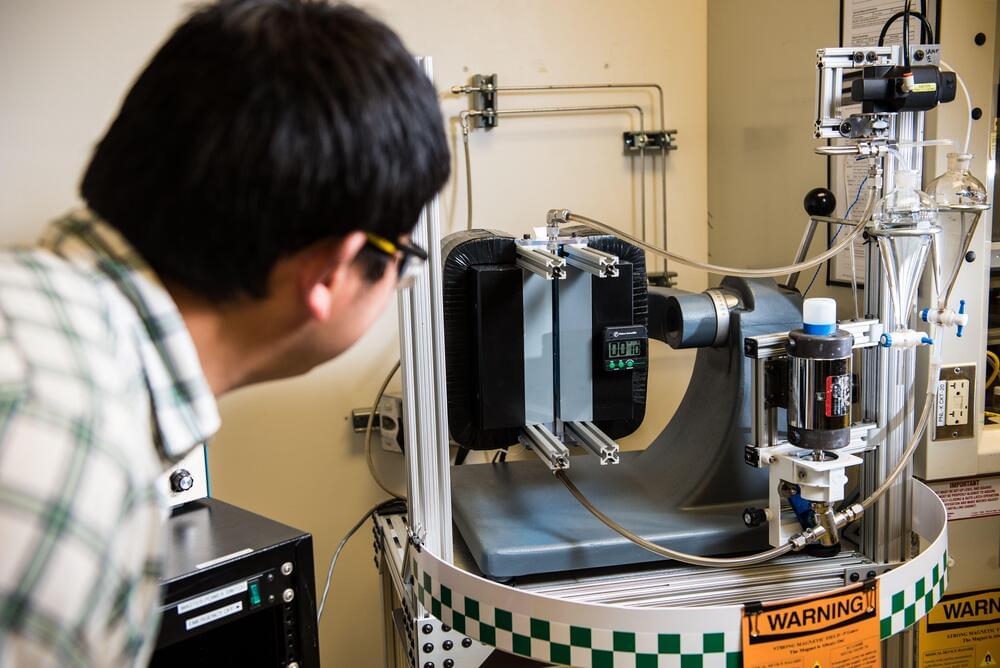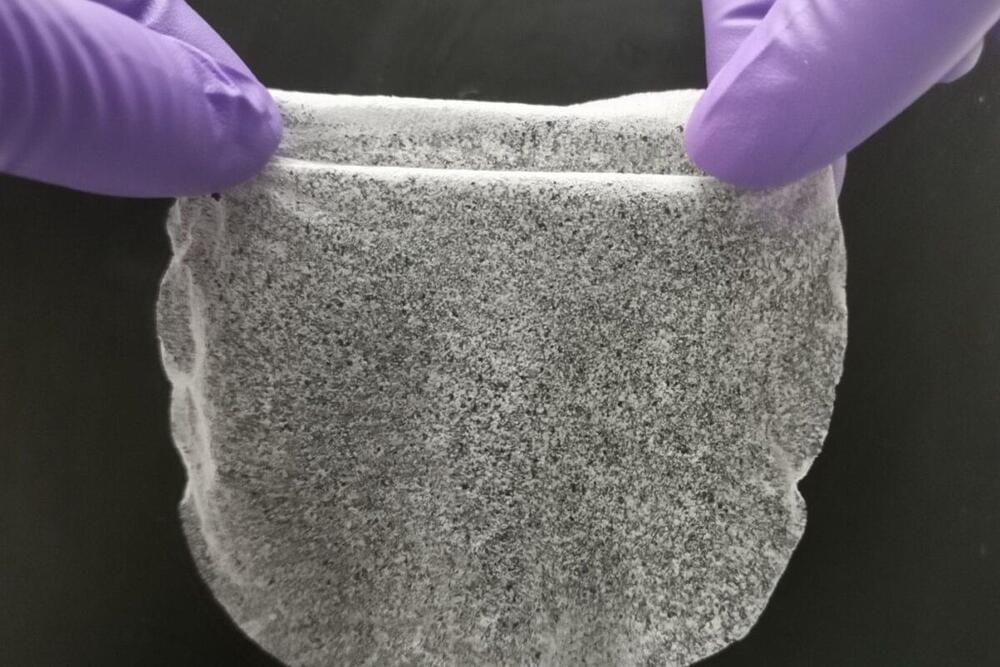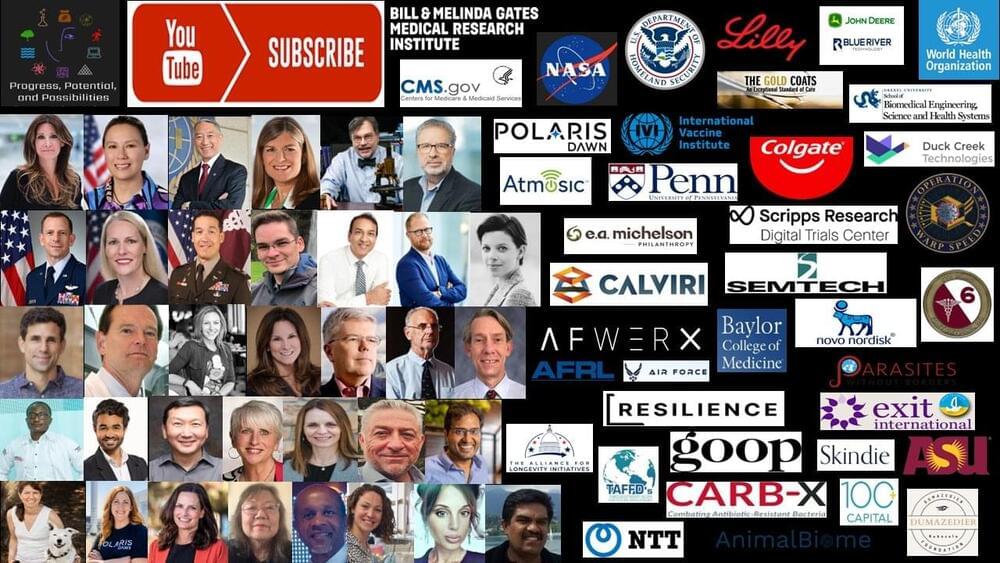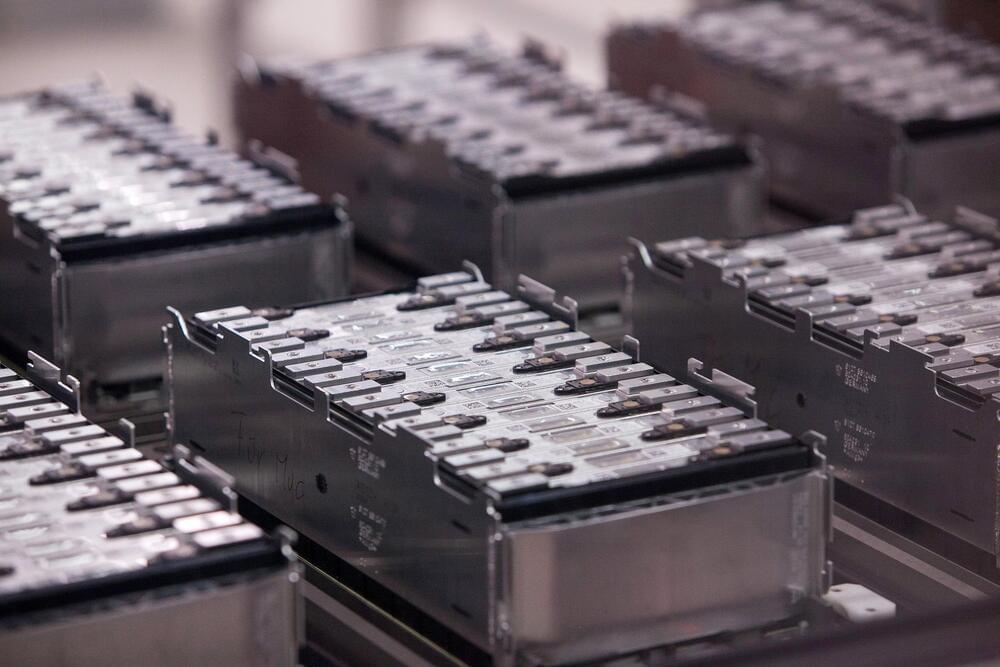May 27, 2022
Twitter shareholders sue Musk, claim he sought to drive down stock price
Posted by Sean Brazell in categories: economics, Elon Musk, engineering, sustainability, transportation
All I can say is that I hope his self indulgence for his favorite ☆HOBBY☆ — Twitter itself — doesn’t sabotage the interplanetary future he’s defined and actually begun to to successfully realize, doing so against all odds in so many fields, cas diverse as science, engineering, economics, politics, and the recent history and the seeming decline in public enthusiasm, funding, and any sort of clear direction. He didn’t just subvert those roadblocks, he OBLITERATED them. SPECTACULARLY.
All that progress and innovation can and WILL be undone in seconds if he makes himself into an allie of a republican party that has abandoned truth, abandoned science, and abandoned every semblance of honor, loyalty, and reason.
A republican party that has abandoned Democracy ITSELF.
Continue reading “Twitter shareholders sue Musk, claim he sought to drive down stock price” »
















